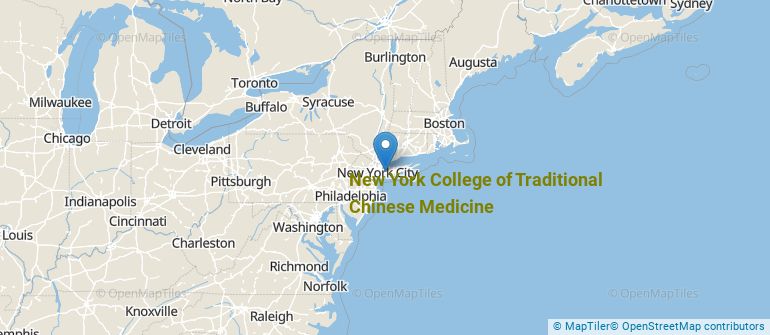 by our College Data Analytics Team
by our College Data Analytics TeamExplore the best ranked schools for the programs you are most interested in.
New York Institute of Chinese Medicine was not ranked in College Factual's Best Overall Colleges report this year. This may be because not enough data was available.
See all of the rankings for New York College of Traditional Chinese Medicine.
At New York Institute of Chinese Medicine, the student to faculty ratio is an excellent 12 to 1. That's much better than the national average of 15 to 1. This indicates that many classes will probably be small, and students will have ample opportunites to work closely with their professors and classmates.
During the 2017-2018 academic year, there were 79 undergraduates at New York Institute of Chinese Medicine with 62 being full-time and 17 being part-time.
Get more details about the location of New York College of Traditional Chinese Medicine.

Contact details for New York Institute of Chinese Medicine are given below.
| Contact Details | |
|---|---|
| Address: | 200 Old Country Road, Suite 500, Mineola, NY 11501 |
| Phone: | 516-739-1545 |
| Website: | www.nyctcm.edu/ |
| Most Popular Majors | Bachelor’s Degrees | Average Salary of Graduates |
|---|---|---|
| Alternative Medicine & Systems | 63 | NA |
This is a decrease from the 196 students who took online classes the previous year.
Learn more about online learning at New York College of Traditional Chinese Medicine.
Footnotes
*The racial-ethnic minorities count is calculated by taking the total number of students and subtracting white students, international students, and students whose race/ethnicity was unknown. This number is then divided by the total number of students at the school to obtain the racial-ethnic minorities percentage.
References
More about our data sources and methodologies.